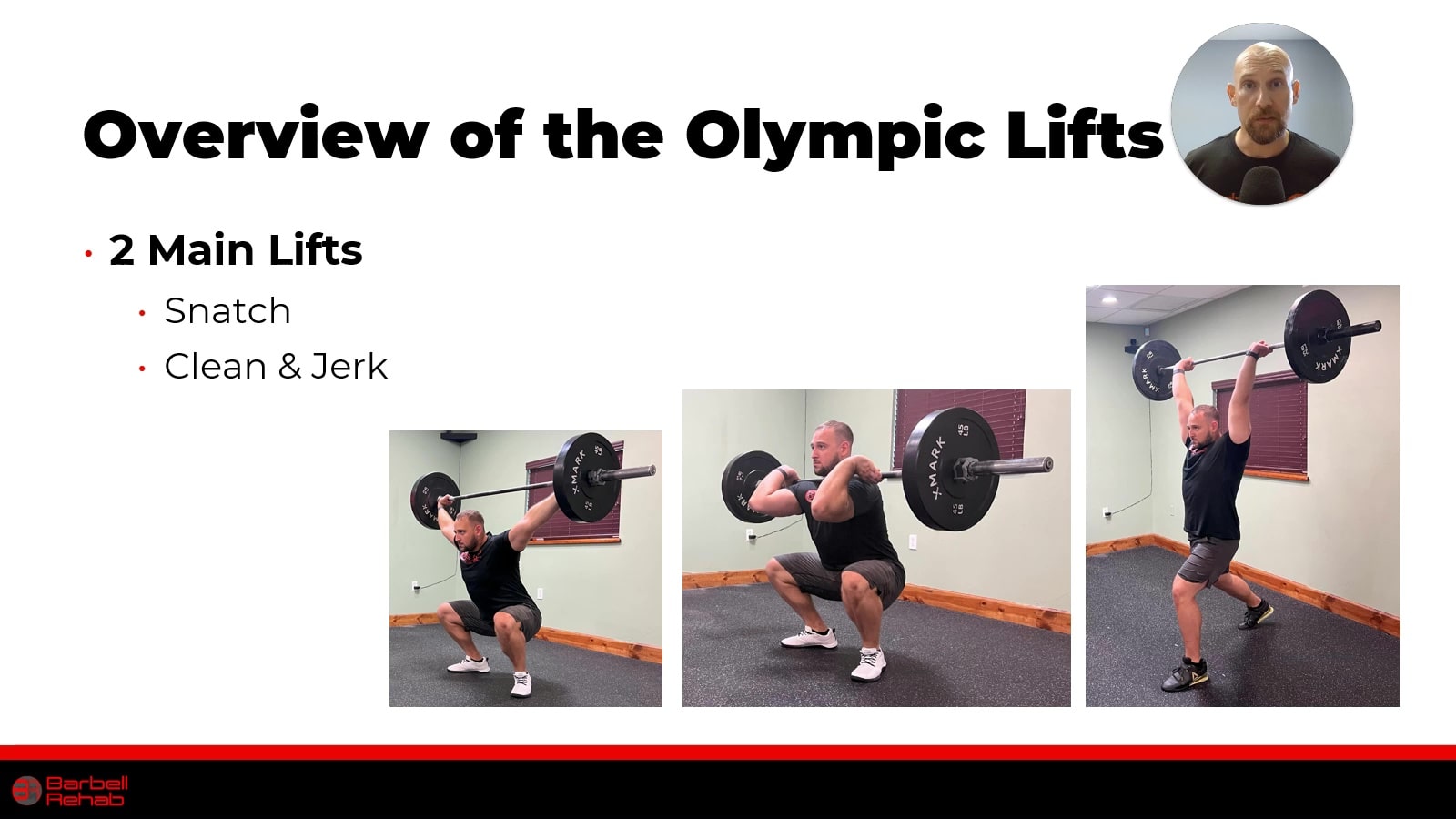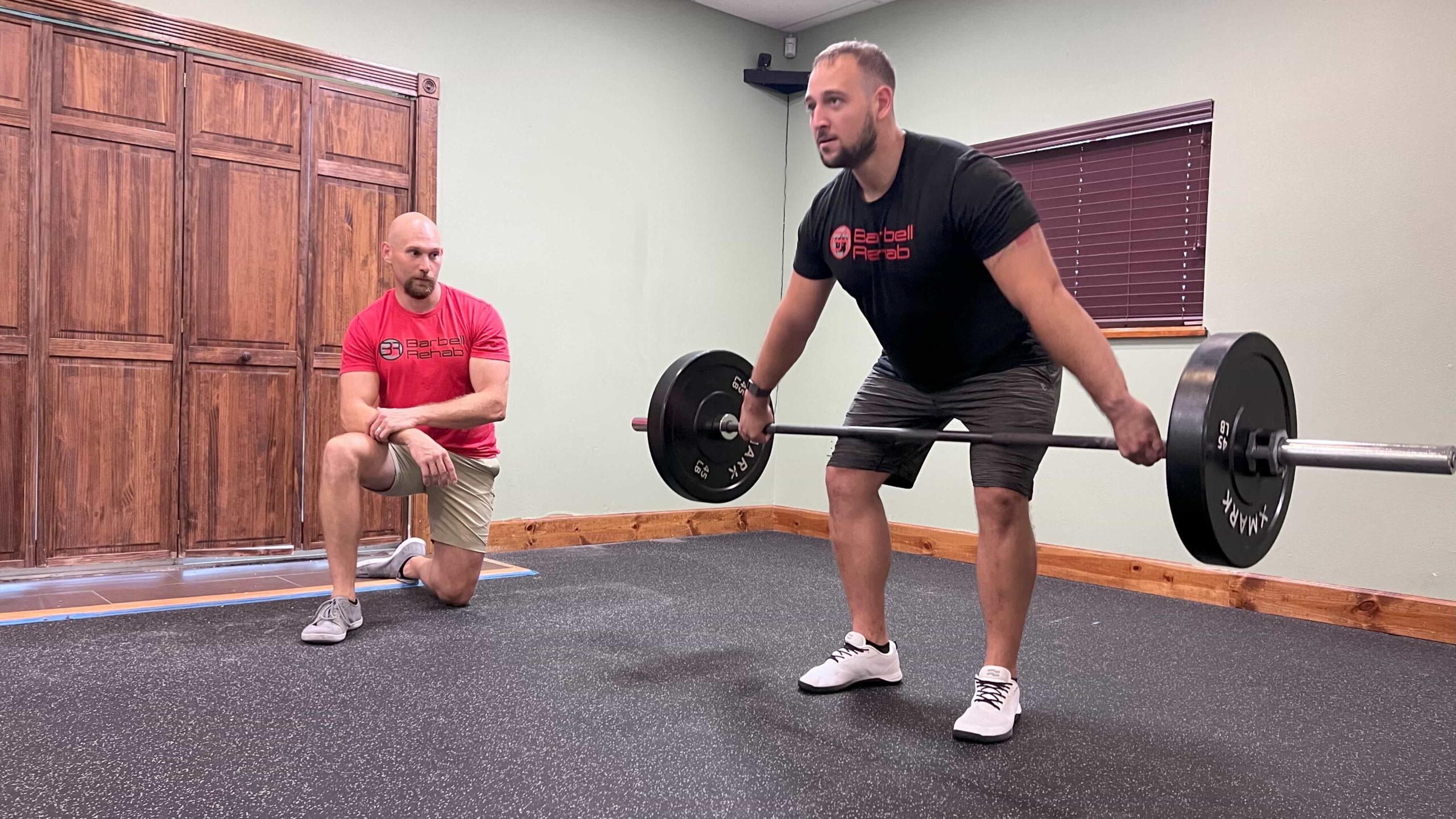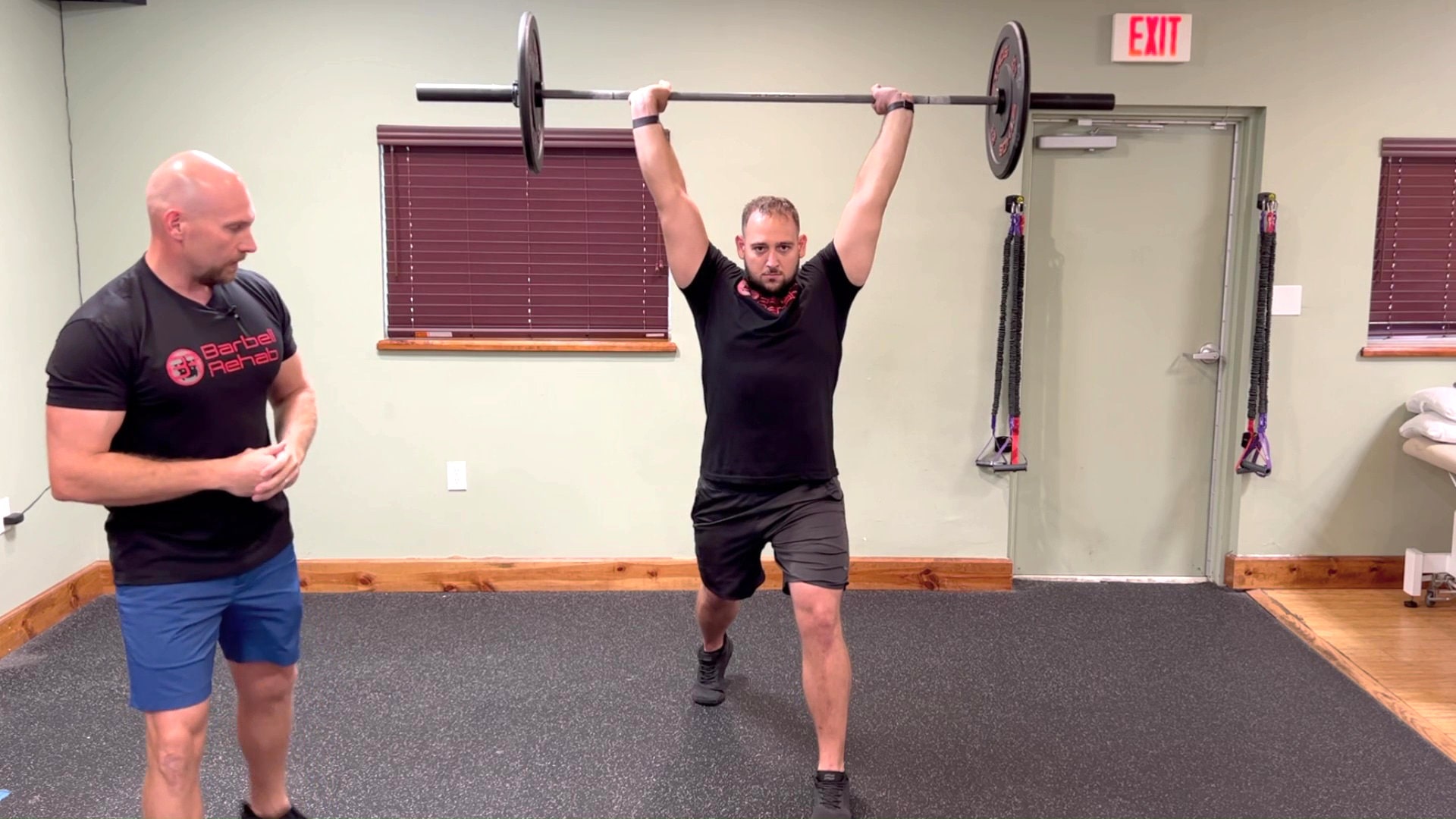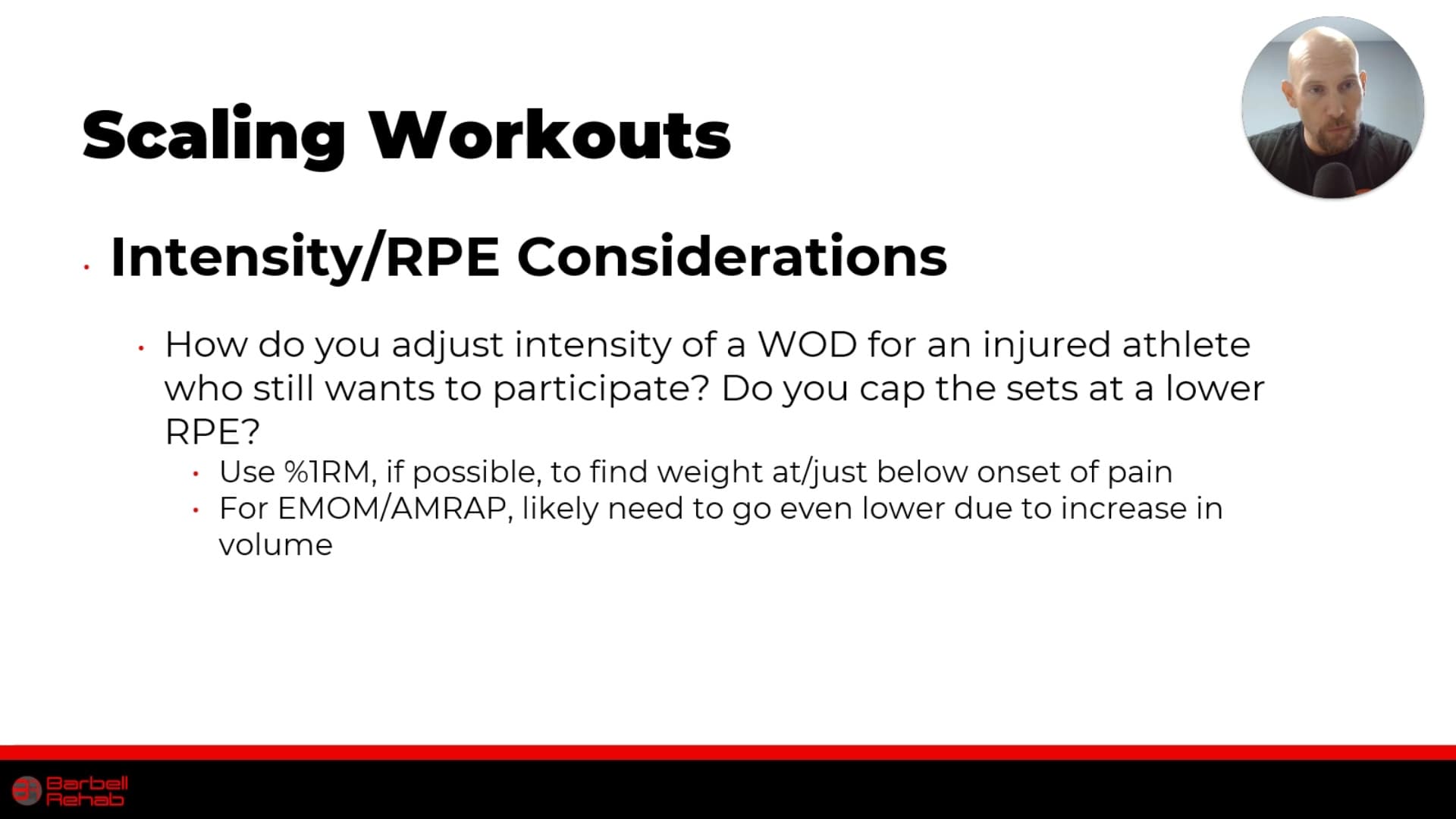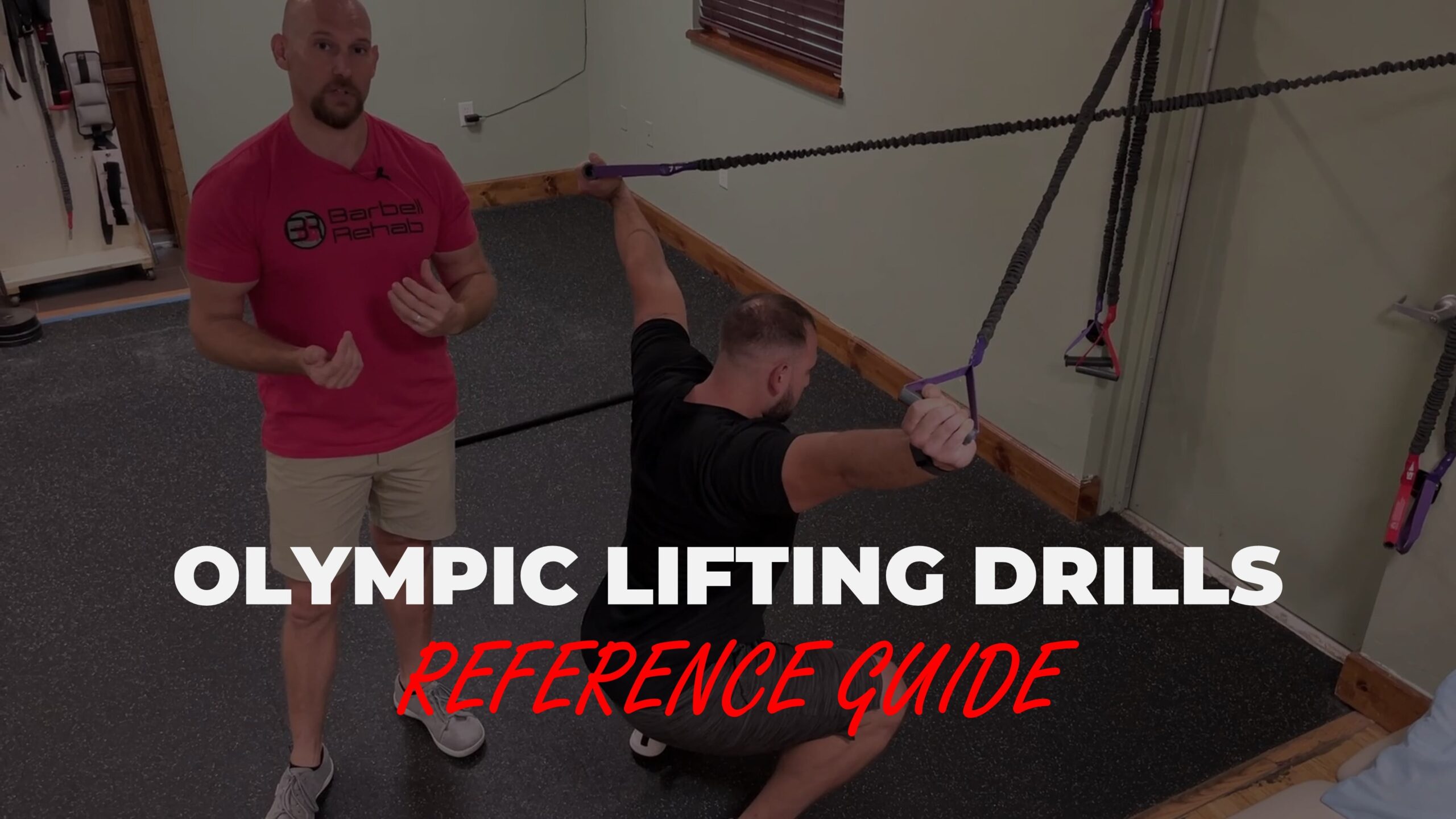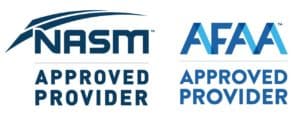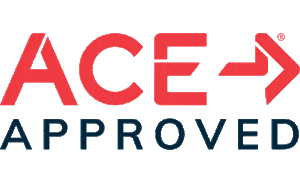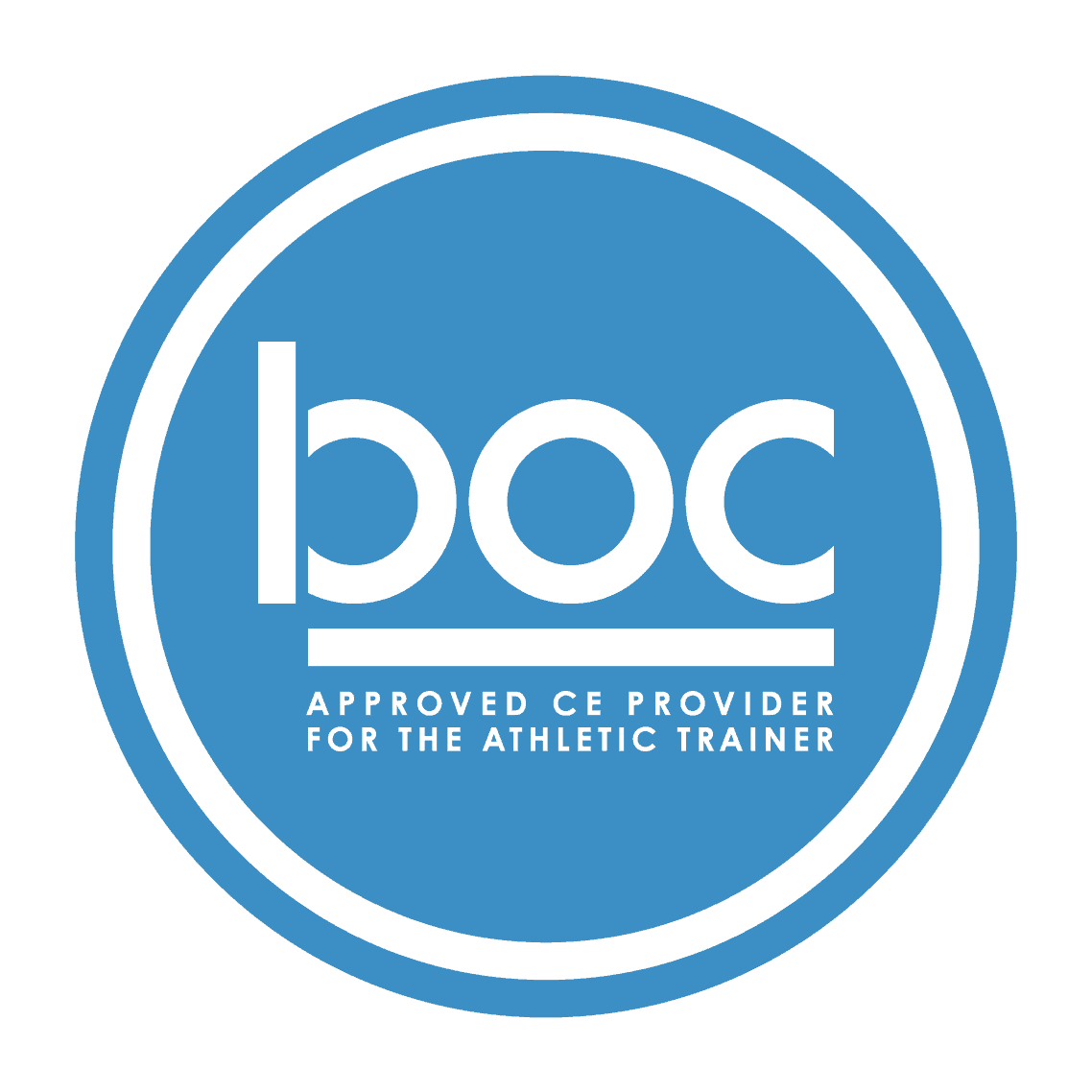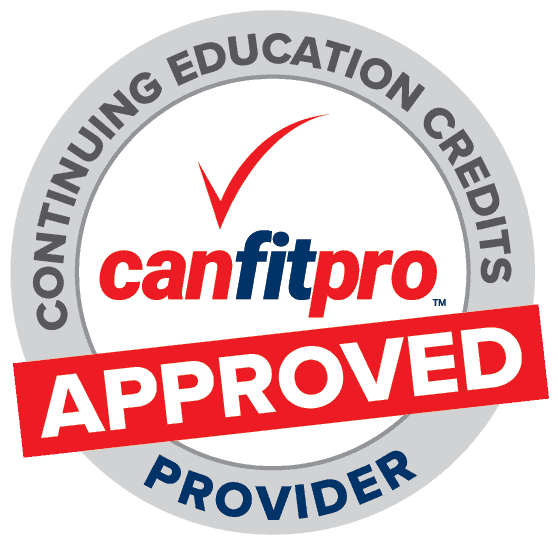Bundle and Save
| Add Low Back Pain Fundamentals for only $78 more | Add to cart |
| Add The Barbell Rehab Workshop for only $113 more | Add to cart |
| Add Programming Principles for only $253 more | Add to cart |
| Add 4-6 online courses to cart and save 50% (BEST DEAL) | Learn more |
BACKED BY OUR 30-DAY MONEY BACK GUARANTEE
CEU/CEC Approved


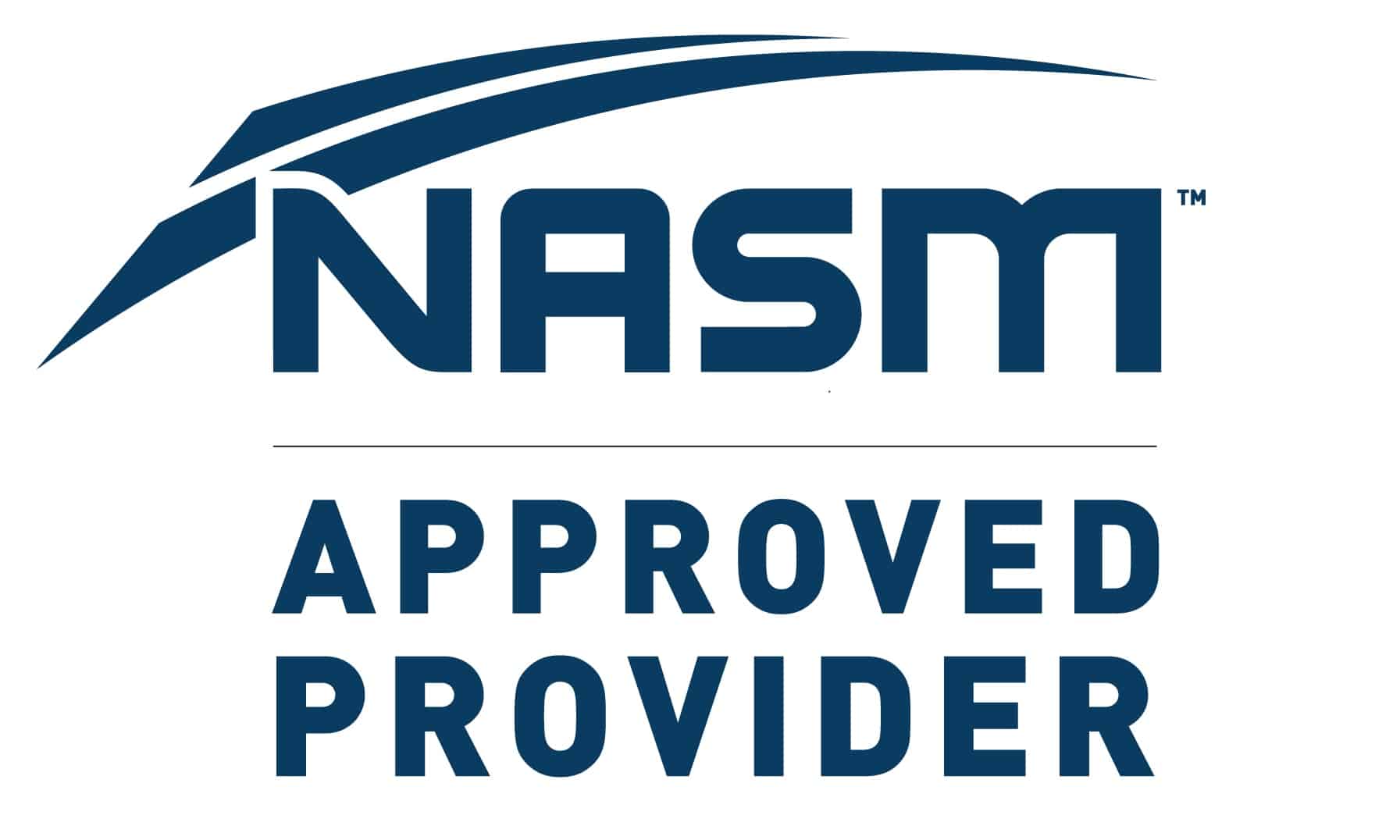
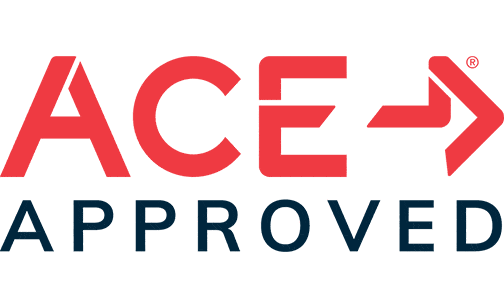
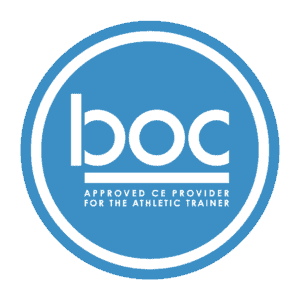
10.0 category A BOC CEUs
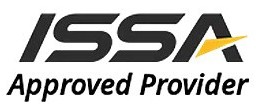

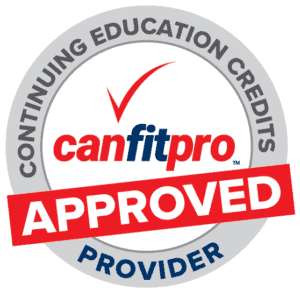
Overview
About Your Instructor

Dr. Hays Estes
PT, DPT, OCS, BRM, USAW-1
Hi, I'm Hays, the creator behind Weightlifting Fundamentals. While I have been in and around the weight room for over two decades starting with summer weightlifting sessions for football, I always hoped to further develop my athleticism and "motor" in the gym.
Once I was introduced to the Olympic lifts, my training took a turn for the better, and I've never felt more athletic and "finely tuned" than I do now in my 40s. This is why I wanted to create this course: to help athletes of all ages and ability levels stay athletic and at the top of their game for as long as possible. The old adage is true. Age is just a number. And while we may not be able to stop Father Time, I like to think we can slow him down.
In the last 3 years, membership in USA weightlifting has tripled and more than 5 million people worldwide participate in high intensity Olympic lifting programs like CrossFit. With this increased participation comes a need to learn the points of performance of these lifts and how to help athletes continue to safely train through aches and pains...and that's exactly what you'll learn in this course. Seize the opportunity to elevate your capabilities with Weightlifting Fundamentals today.
What's Included
94 Videos
Totaling 10 hours of content. Watch at your own pace. Start and stop whenever you want.
Watch on any device
With an easy user interface for mobile, desktop, or tablet. Lifetime access.
A Follow Along PDF Guide
To help solidify the concept and enhance your understanding
Earn a certificate of completion
Pass a quiz at the end of each module and get CEUs!
Take a Look Inside
What We Cover
Module 1 (73 min)
Module 2 (106 min)
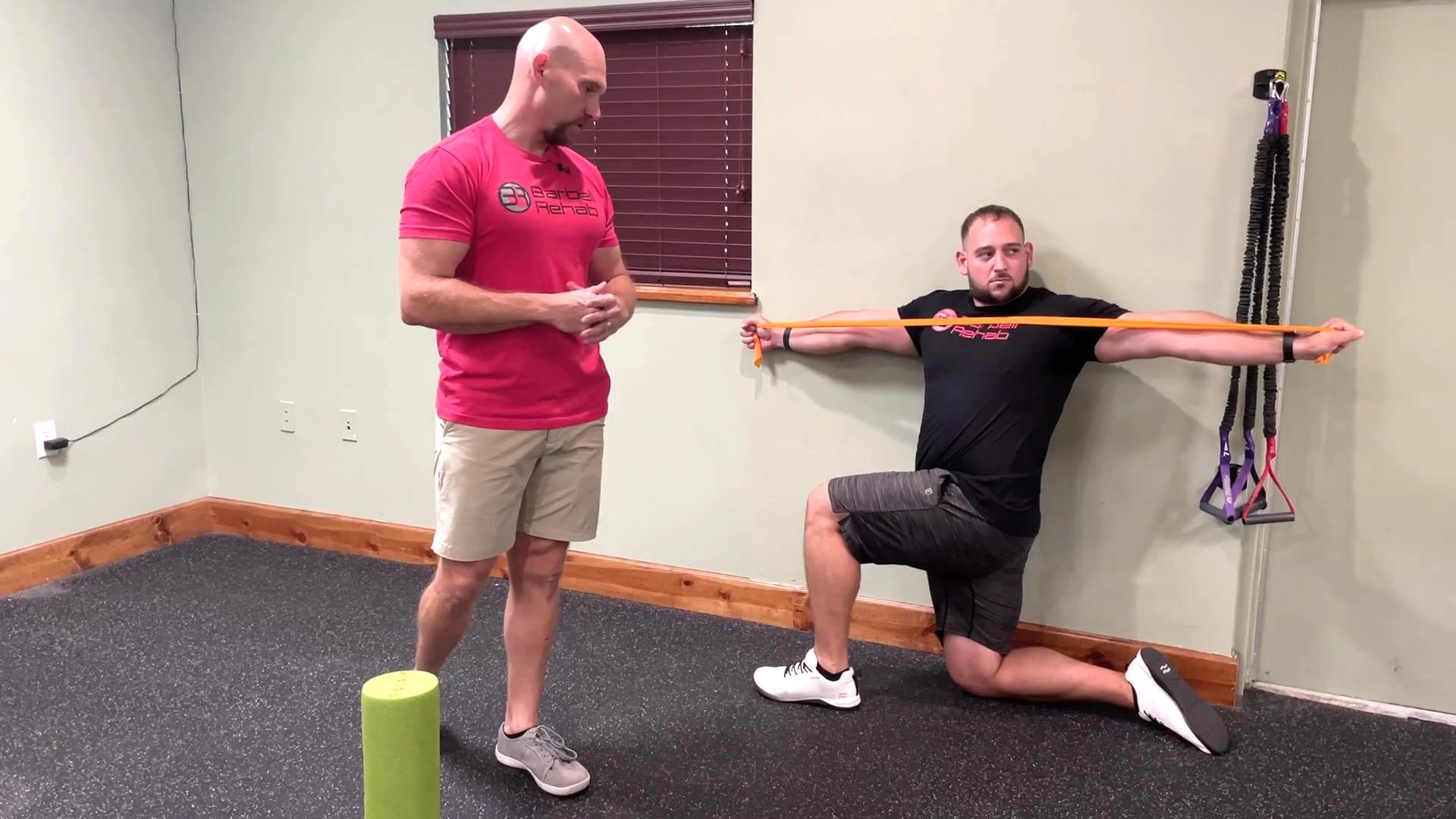
Readiness Assessments and Mobility Considerations
The snatch, clean, and jerk are highly technical movements that require sufficient amounts of joint mobility. In this module, we cover the concept of our “Readiness Assessments” to determine if and when a client has the required skill and mobility to perform these lifts as well as how to assess said joint mobility. We provide examples of joint mobility assessments and the exercises recommended to help improve mobility. We finish the module with recommendations for how to safely and effective warm-up for the Olympic lifts utilizing concepts of barbell part-to-whole movements and plyometric drills.
Module 3 (153 min)
Module 4 (110 min)
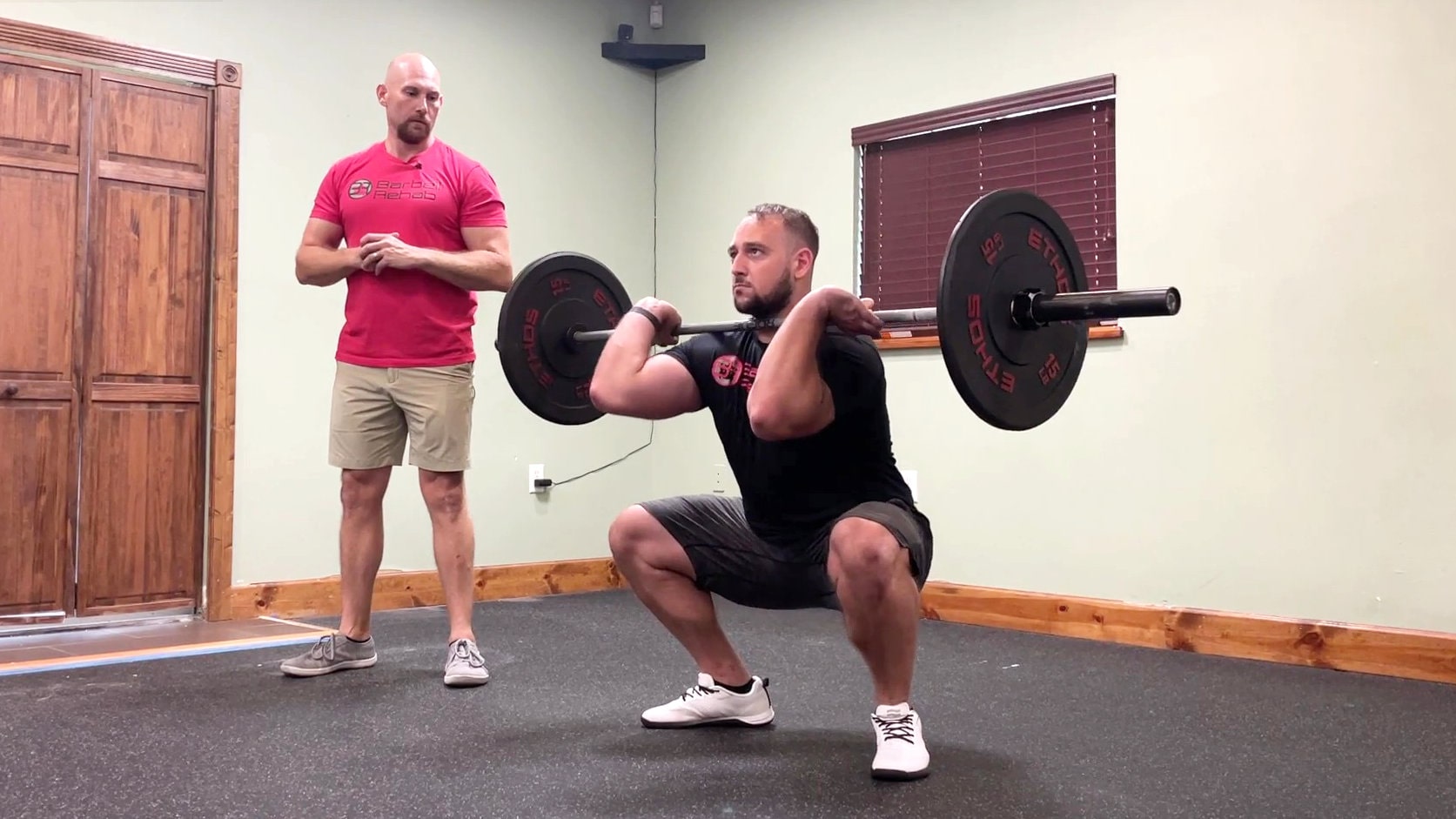
Coaching and Modifying the Clean
Now that you've learned how to coach and modify the snatch, it's time to talk about the clean. In this module, we cover the biomechanics of the clean and how to make modifications to it for folks with pain. We then discuss the applicability of alternative variations like the hang clean and power clean - when to program them and how to perform them. We finish the module by providing strategies for how to return to the full clean and use a case study to help solidify the learning experience.
Module 5 (78 min)
Module 6 (40 min)
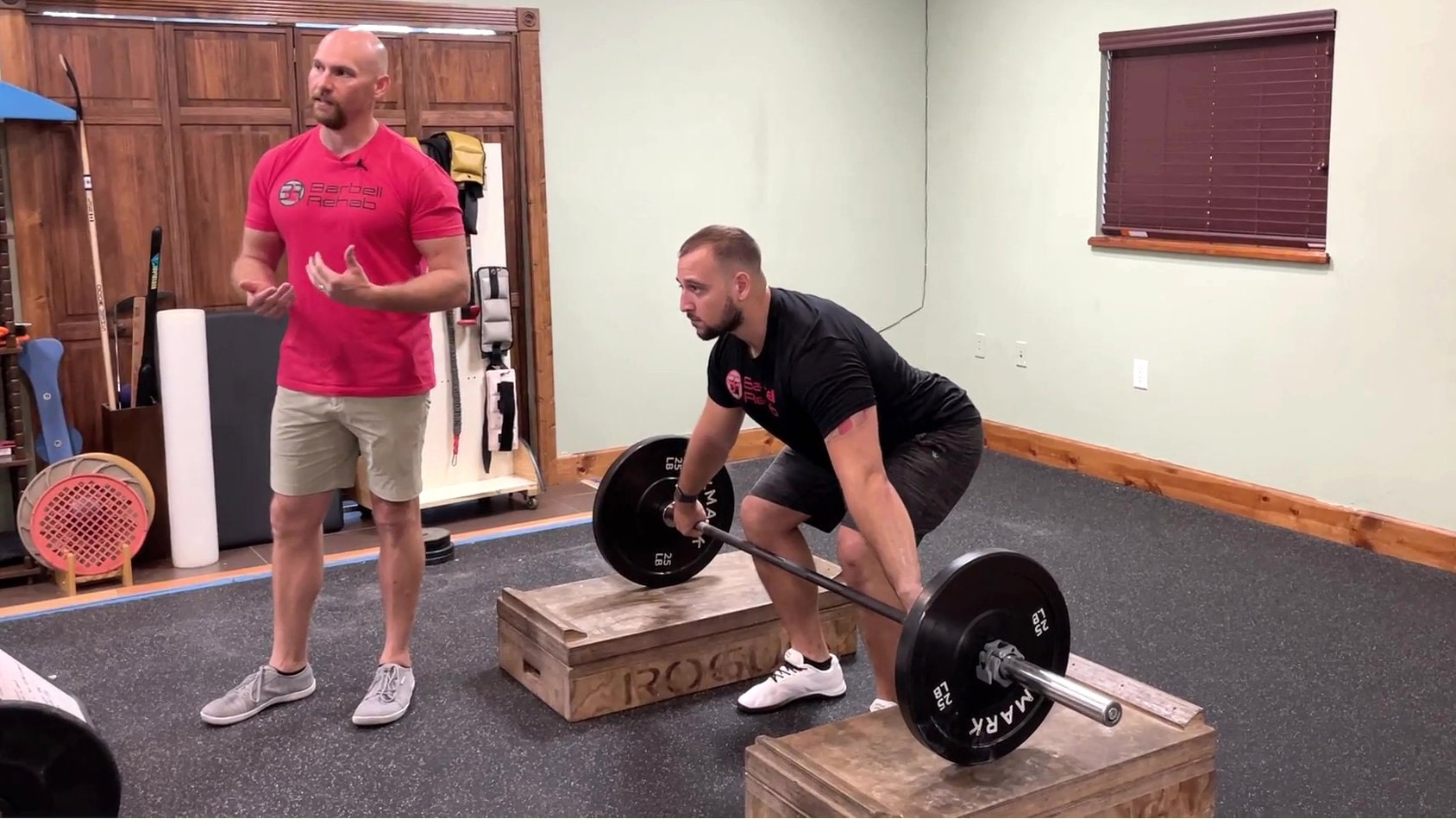
Tying it All Together: Comprehensive Case Studies
Now that the learner has been exposed to all of the Olympic lifts, we present 2 comprehensive case studies that show how to modify an entire Olympic lifting program for clients dealing with lower and upper extremity discomfort. We revisit all of the programming principles taught in Module 1 and walk the learner through step-by-step of how to build a full modified-program for an athlete dealing with discomfort.
Module 7 (40 min)
What Others are Saying
Steve Evans Jr.
CSCS, USAW Level 2, ACSM CPT
"I liked the guidance provided on how to navigate various situations regarding the Olympic lifts. I plan to implement the information towards my personal weightlifting journey along with athletes I coach. I recommend this course as a great way to gain a deeper understanding of how to make sound decisions around Olympic weightlifting programming when dealing with various injuries."
Manuel Meza
DPT, OCS, CSCS
"I took both the Barbell training and Olympic lifting courses and was impressed by both. I’ve been lifting since high school, and have taken many sports PT courses that only briefly covered barbell exercises so this was great and much needed for the PT community. The explanations were simple and the framework was comprehensive. Also feel that the “There’s no such thing as a bad exercise” message is critical to spread in our field as many clinicians shy away from properly loading patients. Highly recommend both courses."

Love it or Get Your Money Back
We KNOW this course will improve your skill set as a fitness professional. If, for any reason, you're unsatisfied with it, we will give you your money back. No questions asked. We are here to help YOU!
Course Bonuses
Private Facebook Group
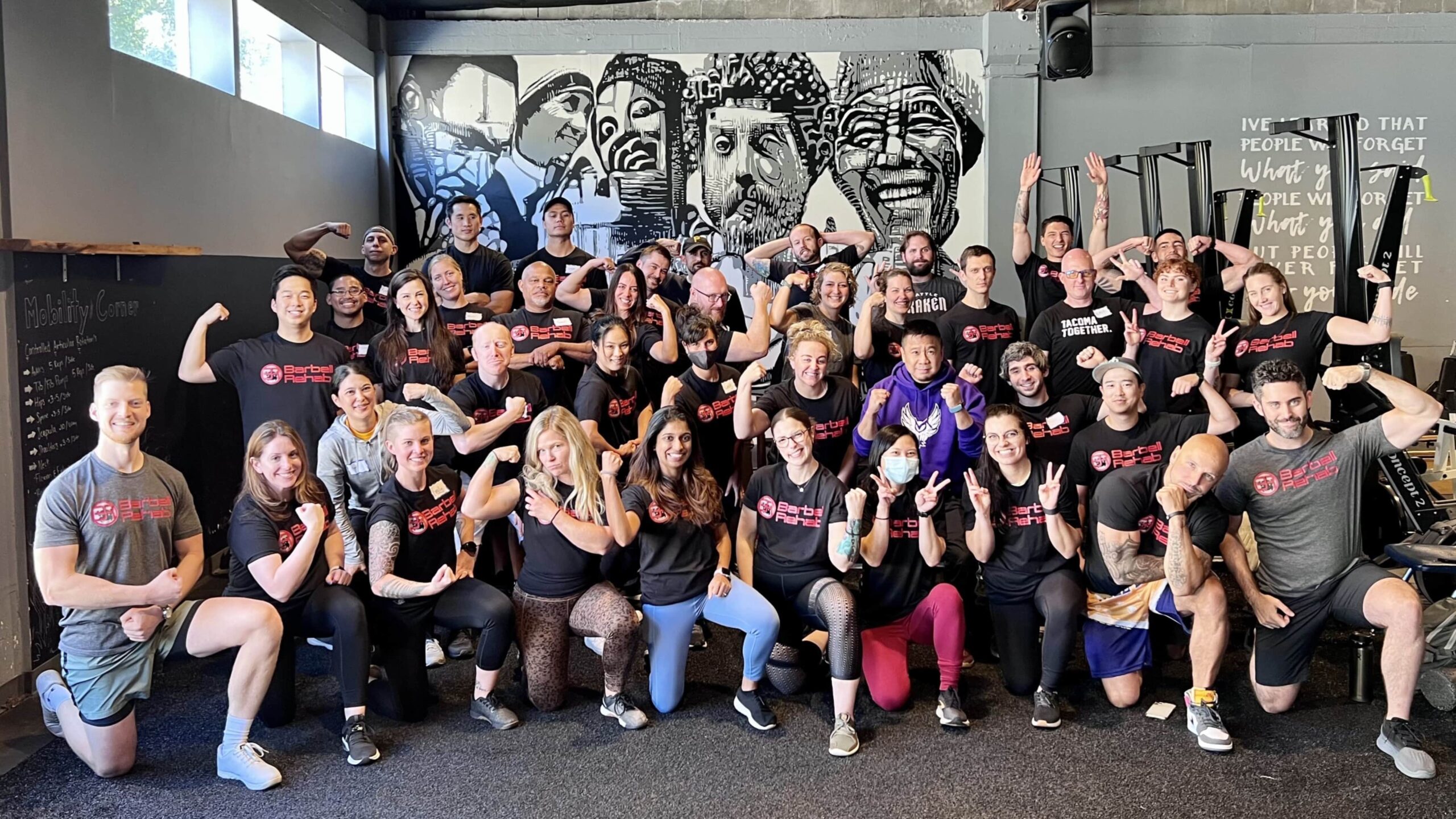
The Barbell Rehab Academy
By signing up for this course, you will be granted access to our private Barbell Rehab Academy Facebook Group!
Here, you can interact with others who have taken this course (both the live and online variations), and ask Dr. Hays questions about the content.

Weightlifting Drills Reference Guide
12-Week Beginner Weightlifting Program
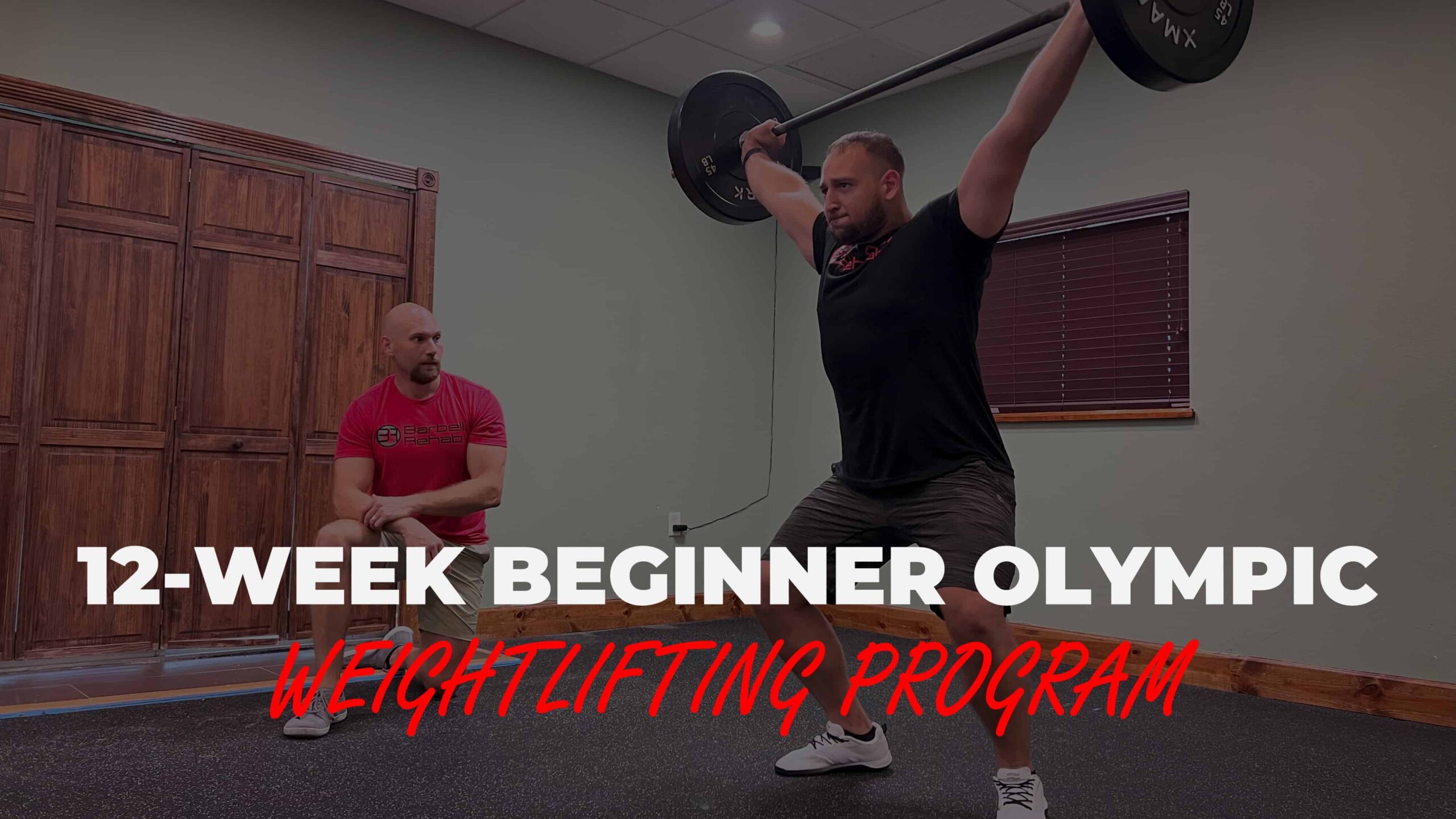
So you know EXACTLY where to start.
It's time to take the guesswork out of your programming. Whether you're working with a beginner Olympic lifter or you want to start yourself, follow our convenient beginner 3x/week, 12-week Olympic lifting programming.
Packed with everything you need to know from exercise selection, sets and reps, and intensity considerations, this serves is a nice resource to help expand your knowledge from what you learned during the course!
FAQ
Take this course at your own pace with no time limit for completion. Enjoy lifetime access!
Checkout
Become the go-to professional to work with weightlifters and fitness athletes!
$499 $297
Get started for only $79 down! Select "3-month Payment Plan" at checkout
Add to Cart

